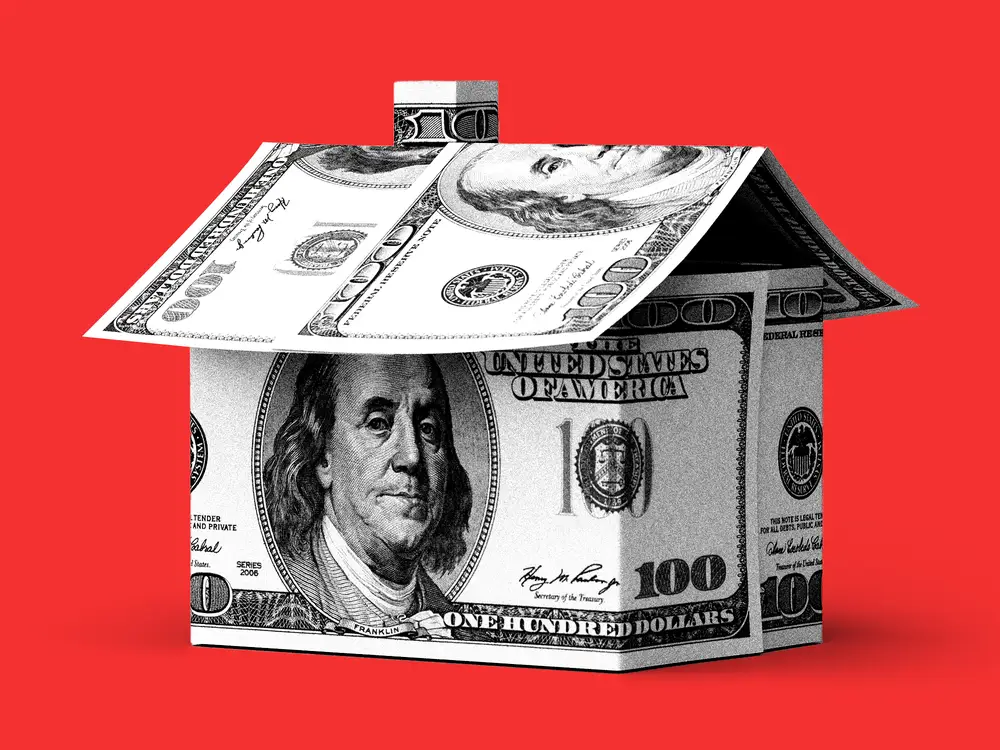Half of renters live somewhere they can’t afford

For decades, financial advisors and the federal government have recommended that Americans spend no more than 30% of their gross income on housing.
But as home prices and rents have skyrocketed in recent years, that so-called 30% rule is increasingly challenging to follow. And for a whopping half of US renters, it’s become impossible.
Almost half — 49.7% — of American renter households spent more than 30% of their income on housing costs, according to data released by the US Census Bureau from its 2023 American Community Survey. That’s unchanged from 2022, when the median ratio of income-to-housing costs for renters was also 31%.
In New York City, the average renter has to make almost double the city’s median income to abide by the 30% rule. About a third of renters in the city spend more than half their income on rent.
Across the country, African-American renters are the most frequently cost-burdened, with 56% spending more than 30% of their income on rent, according to the Census data. Hispanic renters are the second-most impacted, with 53% cost-burdened, while 47% of white renters were cost-burdened.

Renters are currently struggling more than homeowners. Rents rose faster than home prices for the first time in a decade, the Census found. Rents rose by 3.8% between 2022 and 2023, while home prices rose by 1.8%. And a greater share of tenants are low-income or very low-income and have significantly less wealth than homeowners.
But homeowners are also struggling. Mortgage interest rates recently hit a two-decade high, and rising insurance premiums, growing home repair costs, and property taxes add to the burden. Last year, homeownership affordability hit its lowest level since the 1980s.
The number of cost-burdened homeowners — those who spent more than 30% of their income on housing and utilities — rose by about three million people between 2019 and 2022, according to a recent report from the Harvard Joint Center for Housing Studies on the state of US housing. Most of this increase was among those who make less than $30,000 a year. A full 30% of Black and 28% of Hispanic homeowners are cost-burdened, compared to 21% of white homeowners, the Harvard report found.
While the Federal Reserve finally announced its first rate hike in four years, the move likely won’t bring housing costs down by much. The US is suffering from a severe shortage of homes — the only way to solve it is to build many more units of housing. And that takes time.





